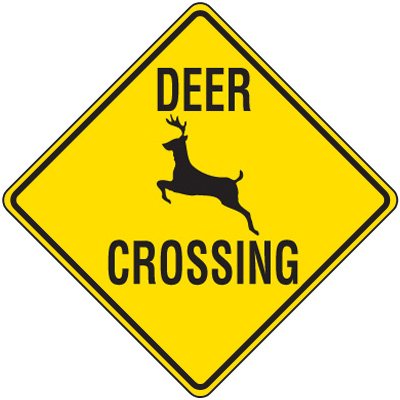October 12, 2020
Agency
How Does Hitting a Deer Impact Your Insurance?
As far as your auto insurance company is concerned, hitting a deer is typically a covered loss. Comprehensive coverage typically provides this protection and often actually stipulates that collision with a bird or animal is covered. Some states may let you choose whether you want to have these losses paid under collision or comprehensive coverage. Since this is a not at “fault” type of loss, your insurer is likely to process this through your comprehensive insurance coverage.
Here’s a quick refresher of auto insurance coverage types:
•Comprehensive Coverage—helps pay for damages on covered costs that aren’t caused by a collision like storm damage, a rock hitting your windshield, or in this case, deer.
•Collision Coverage—helps pay for vehicle repairs if you’re involved in a collision with another object.
It’s important to note that for a deer accident to be considered a comprehensive loss there must be physical contact with the deer—otherwise it will likely be processed as a collision loss.
Will My Insurance Rates Increase After a Deer Accident?
Hitting a tree, a person, or another car is certainly different than the random and unpredictable act of a deer dashing across a highway or rural road. Since deer accident claims are usually filed under your comprehensive coverage where there’s no fault assigned, it’s not likely that your auto insurance rates will increase. Every state and scenario is different, though. For example, if your state allows it and you choose to file the loss under collision, your rates may be impacted.
Prevent Deer Accidents Before They Occur
Deer tend to migrate and mate between October and December, so they’re more active and apt to be near roadways beginning in late fall. Remember too that the nocturnal nature of deer means you’re more likely to encounter them between dusk and dawn.You can help decrease your chances of a deer accident if you:
•Stay attentive and drive the speed limit. You’re more likely to see deer and react more quickly when you’re alert.
•Use your high beam headlights at night. In areas known for their deer population—look for deer crossing signs—your high beams will better illuminate the sides of roadways.
•Remember that deer often travel together. If you see one deer, chances are there are a few more you can’t see. Slow down as a precaution.
•Don’t swerve! While you may be tempted to do anything to avoid hitting the deer, jerking the wheel may point you straight into oncoming traffic or cause you to lose control of the car altogether.

